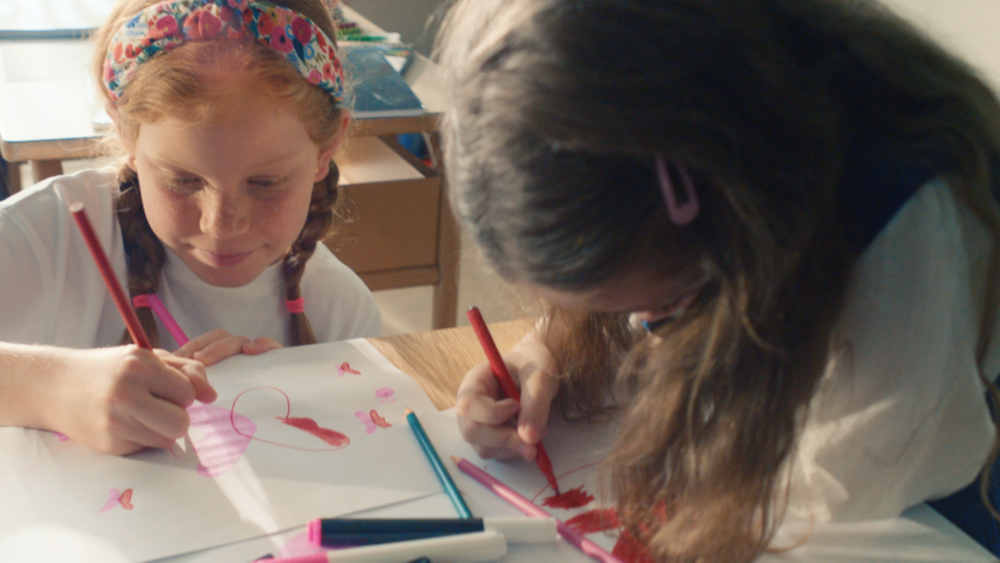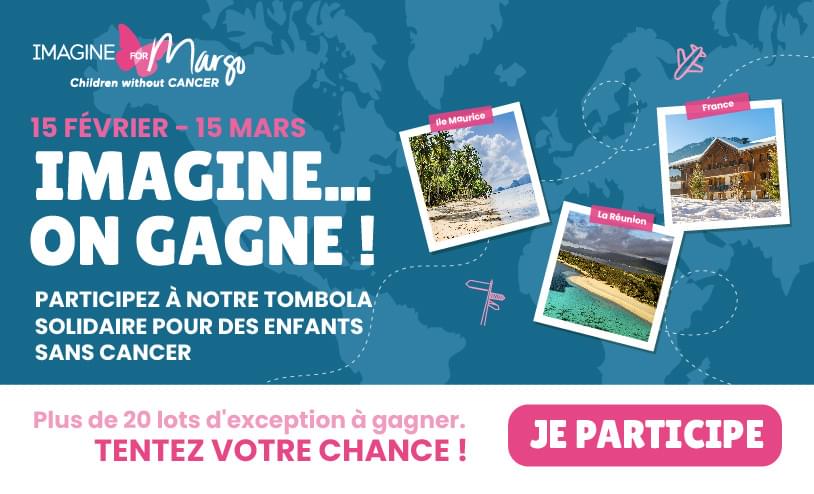For World Childhood Cancer Day, Patricia BLANC, Founding President of Imagine for Margo and Patrick ERRARD, member of the Strategic Orientation Committee of Imagine for Margo call in a forum to lift the legislative constraints and to create a new ecosystem to build a world with children without cancer.

Nearly one in 440 children will be diagnosed with cancer or leukemia before the age of 15. Of these, 6,000 die each year of their disease in Europe. When you become aware of these two figures, especially if you are a parent, you can only cry out at a form of “injustice” as childhood cancer seems absurd in the natural order of things.
But in reality, if there is injustice, it is elsewhere. Because the good news is that many prospects for innovative treatments have emerged over the past 10 years, particularly in the management of leukemia, significantly improving the prognosis of these diseases. However, it should be noted that the development of new drugs is preferentially focused on adult cancers, the incidence of which is higher, and for which the enrollment of patients in studies is faster.
Many of the targeted therapy treatments developed in adults in this way could have an application on childhood cancers. This is where the problem lies. The development of medicinal products for pediatric oncology comes up against two major problems.
The first is economic. The clinical studies necessary for the development of a drug in oncology in children are long and sometimes complex to carry out, for risk taking which is not neutral from the point of view of manufacturers. A fortiori, when these innovations are incubated by start-ups, the problem of fundraising remains a major issue in France, due to the low profitability of the resulting economic model.
The second is regulatory. The European regulation (2007), which must, however, be revised this year, has not, to date, achieved its incentive objectives for the development of pediatric indications for anti-cancer molecules developed in adults. Subsequently the incentive for research in oncopediatrics today is based on what we will call initiatives based on “individual goodwill”, very often from associations and foundations.
But collective goodwill is unfortunately not the sum of individual goodwill. We therefore need to urgently revisit the two pillars of therapeutic innovation in the fight against childhood cancer. First, review the economic model by encouraging companies to commit more to the development of their molecules in children, for example by guaranteeing price protection or by associating them with tax-exempt public-private partnerships, in particular In France.
It is also necessary to think about a “pooling” of investment funds through a common endowment to finance start-ups, where state bodies such as the French BPI (Banque Publique d’Investissement) could play an essential role.
Then, the European regulation must endeavor to propose measures allowing the automatic transfer of technologies to research centers dedicated to childhood cancer, when these cannot be developed within the framework of a partnership between industry and public institutes. This same directive must be guided by the principle of innovation and by the results of fundamental research on childhood cancers.
It is this fight that we deliver at the Imagine for Margo Association, to ensure that we are no longer tempted to place injustice among fatalities.


